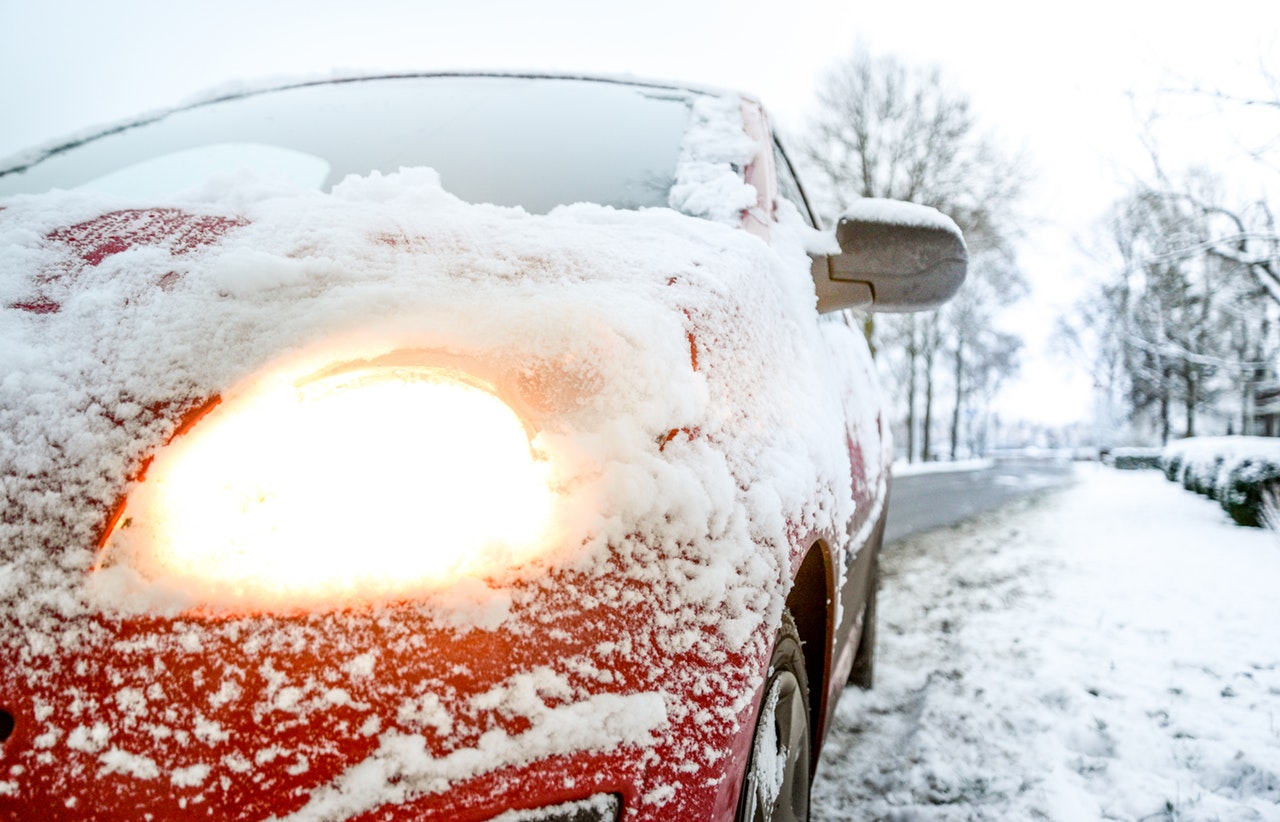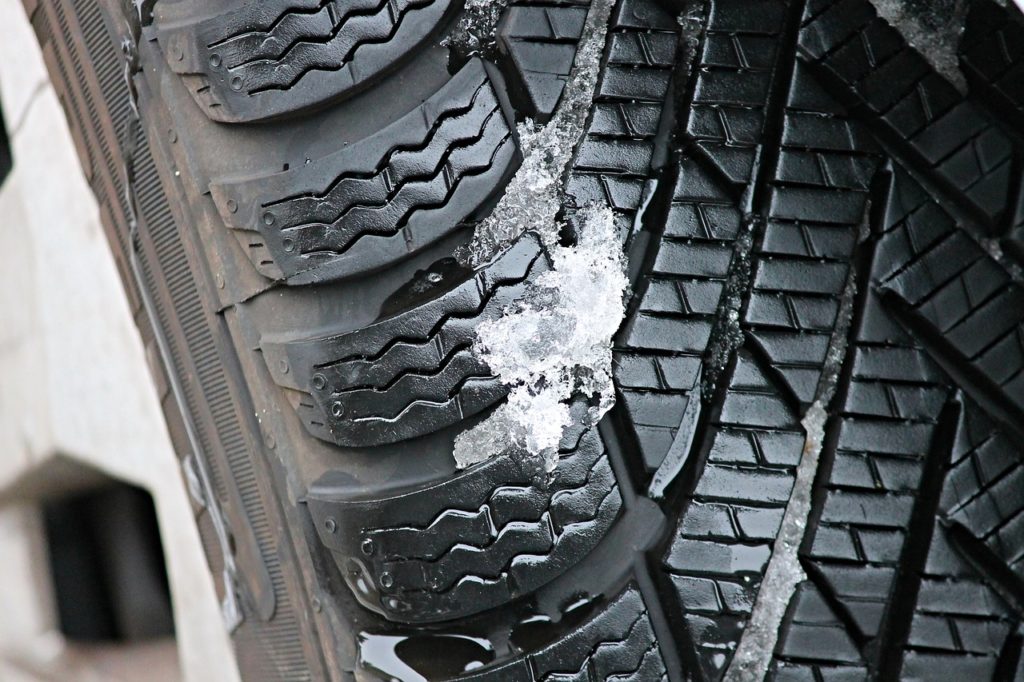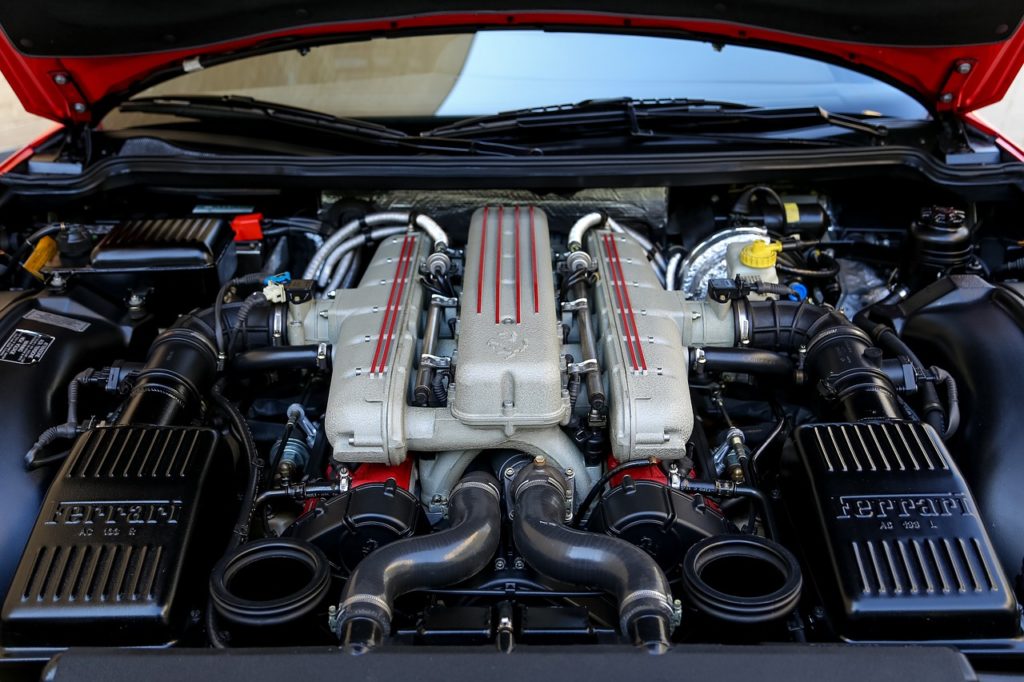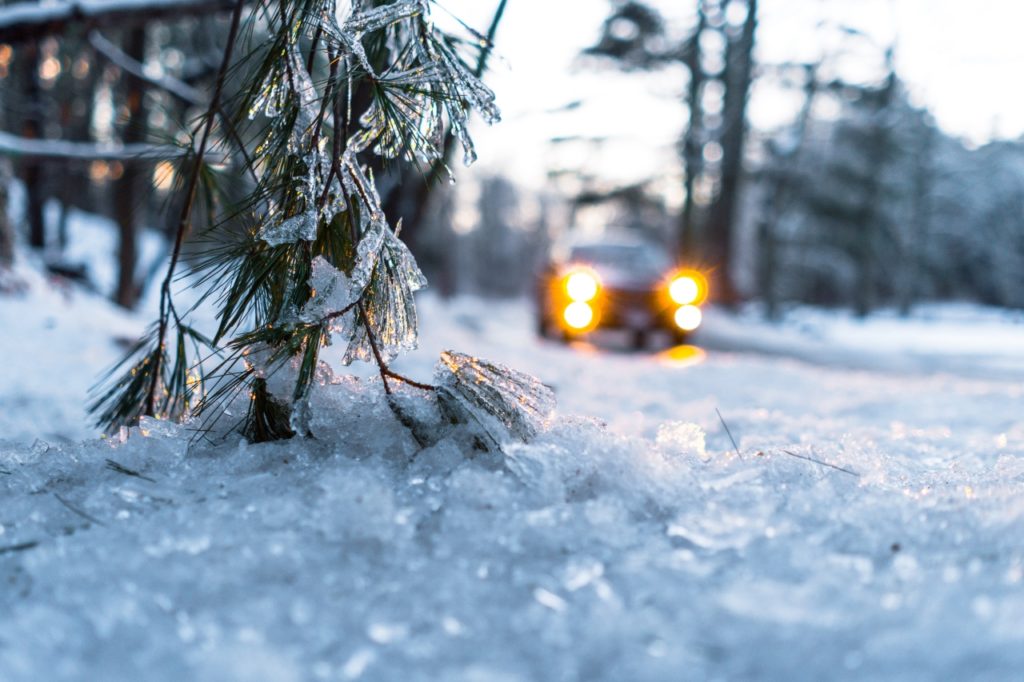Cold Weather and Your Engine: 8 Tips for Improving Your Car’s Performance During Winter

When the cold months arrive, car performance seems to be on leave. Engines need more to start, performance and handling are sluggish, and driving at freezing temperatures becomes more difficult. However, there are ways to keep your car in better shape all-year-long. In return, these prep tips will ensure better handling and performance in cold weather.
Replace the battery
Running on a good battery in cold weather is one of the first conditions for reliable starts. Use the autumn time to check your battery and, if needed, change it for a more powerful model for cold weather. A new battery holds a better charge which prevents problems with cold starts and improves the overall performance when temperatures plummet below the freezing mark.
Get winter tires

Even if you drive an all-wheel-drive car or live in an area where streets are regularly cleared of snow, winter tires have deeper treads that improve surface grip in every road condition, while their rubber compound remains flexible in low temperatures. Their tread pattern ensures that they constantly clear themselves of snow, providing better grip and more efficient braking. While manufacturers now offer all-season tires, which are designed to perform better all-year-round than single-season tires, tests show that winter tires provide up to 50% more traction in winter conditions that all-season ones.
Protect the engine

Recently, there’ve been many advancements in designing equipment that can protect your car’s vital parts from cold weather. Mechanical cold-weather gear, like engine blankets, can be used to protect the engine and other mechanical parts from extremely cold temperatures, preventing damage and improving the performance of your car.
Upgrade brakes
You can also remove the stock brakes and equip your car with better brakes and brake proportioning valves. If your car originally comes with drum brakes, upgrading to quad disk brakes can improve braking performance even more, while a brake proportioning valve ensures better braking using a negative grip. Diverting more brake fluid to the rear will provide better stopping power, and if your car is equipped with brake proportioning valves, make sure to know threshold braking.
Consider winter wiper blades

The aerodynamic shape of winter wiper blades allows them to maintain better contact with the windshield, even in the worst winter weather. While not many car owners consider making this simple and inexpensive change, keeping the windshield clear is vital for improving the performance of your car through directly improving road safety. They are sturdier than summer blades and covered by thick rubber, so no exposed parts can get clogged.
Use better fuel and fluids
The fuel and other fluids that you use in your car during the cold months can be harsh on engine components and transmission. Using the wrong fluids in cold weather can significantly reduce the performance of your car, so make sure you use a thinner oil as well as other lubricants and antifreeze to protect your car’s vital parts. Also, consider replacing the standard hose fittings with much more reliable AN fittings. Unlike standard fittings where the threads provide a seal, AN fittings work by mating a tapered conical surface on the male fitting into a reverse tapered surface in the female fitting, with the threads only securing a tighter grip between those two conical surfaces.
Check your lights

Winter weather can take a heavy toll on headlamp bulbs. With all the freezing and thawing going on, condensation can naturally occur throughout the winter, prompting many manufacturers to switch to LED bulbs, which don’t have this issue. On the other hand, if your car doesn’t use LEDs, do what you can so your lights work properly so you increase both your visibility and make your car visible without blinding other drivers. Plastic headlight covers can become scratched by road dust, so use a headlight restoration kit to restore them into their crystal clear state.
Top off the antifreeze
The coolant inside your radiator should contain a 50/50 mix of antifreeze and water. If you’re not sure you have the right ratio, buy an inexpensive antifreeze tester or ask your mechanic to do it for you. Besides, you should flush your system periodically as recommended in the owner’s manual to get rid of corrosive by-products that accumulate over time and reduce the radiator efficiency.
When your car performance is at stake, cold weather can come in many forms – it might be something as simple as starting the car in the morning or the engine idling with difficulty in sub-zero temperatures. These tips will help you protect your car and have a better driving experience in winter.
By Mike Johnston